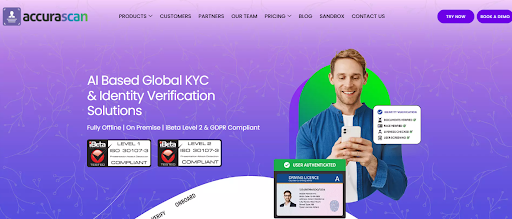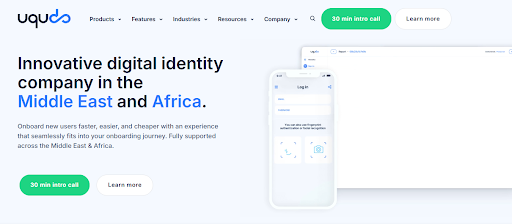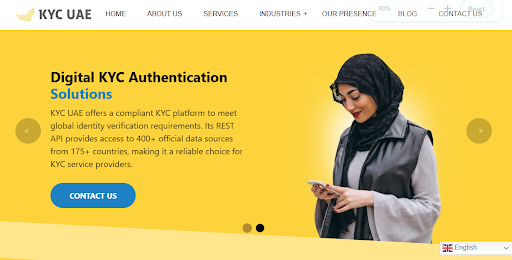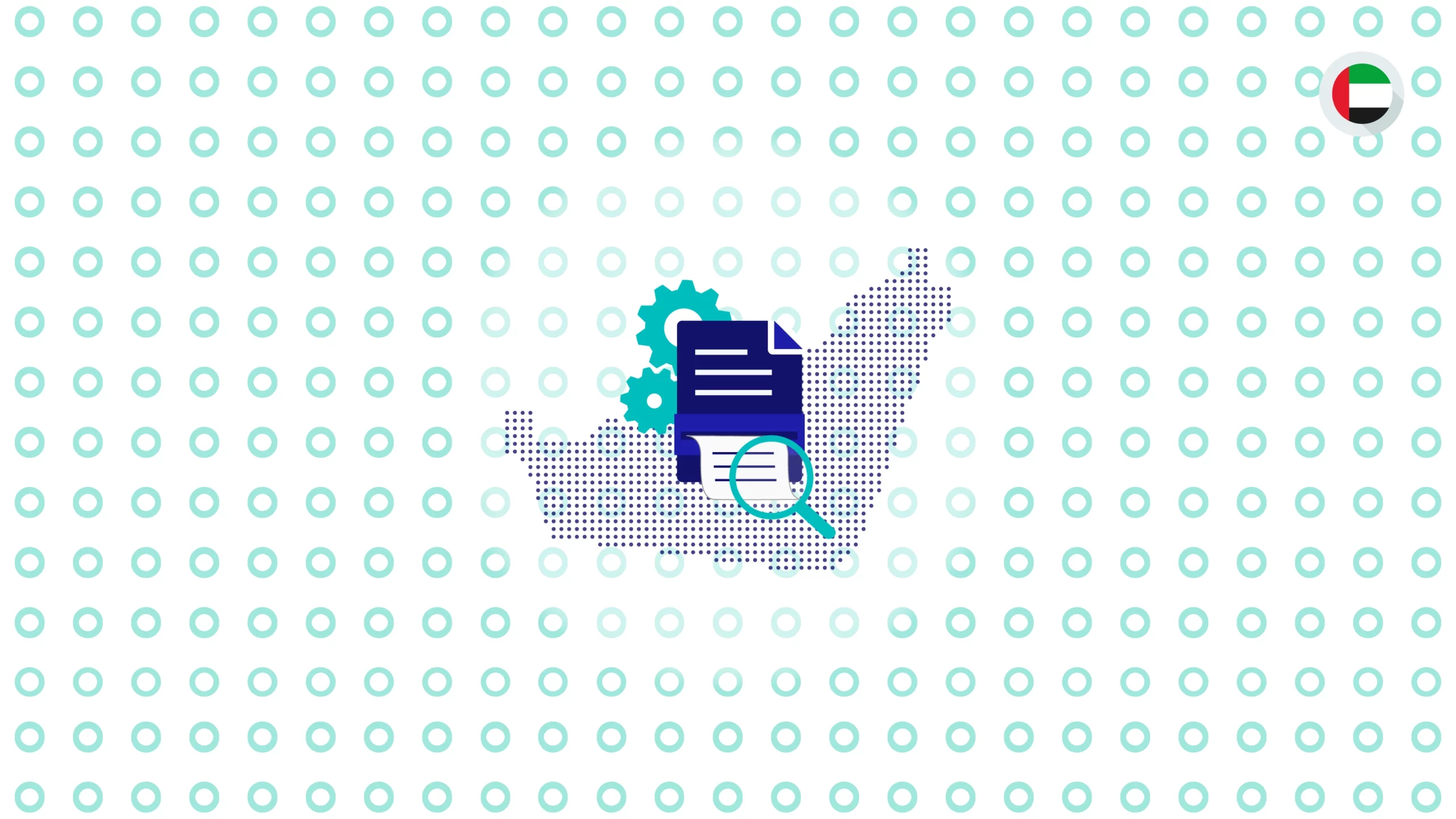- FIU-IND is India’s Financial Intelligence Unit, responsible for collecting, analyzing, and disseminating information related to suspicious financial transactions under the Prevention of Money Laundering Act.
- Businesses must report cash transactions over ₹10 lakh, suspicious transactions, cross-border wire transfers, and counterfeit currency transactions to the FIU-IND.
- Failure to report can result in fines, legal consequences, and reputational damage. Businesses may also face suspension or loss of operating licenses.
You know that feeling when something seems a little off, but you’re unsure if it’s worth bringing up?
For example, a small business in India gets a substantial payment from a new customer. They don’t think much of it, but down the road, it turns out to be a red flag for something bigger.
This happens more often than you’d think, and that’s why FIU-IND reporting exists.
It’s about keeping things transparent, not just for big corporations but for every business involved in financial transactions.
Reporting to FIU-IND isn’t complicated, and with the right steps, it’s just part of the process. In this guide, we’ll unpack everything you need to know: who needs to report, what transactions to flag, and how easy it can be once you know the basics.
But first, let’s start with nuts and bolts.
What is FIU Reporting in India?
FIU Reporting in India is when businesses, mainly in the financial space, report certain transactions to the Financial Intelligence Unit – India (FIU-IND).
FIU-IND is the government agency responsible for collecting and disseminating information related to suspicious financial transactions. Its main goal is to combat financial crimes by tracking suspicious activities across the financial system.
If there’s a transaction that stands out, like a large cash deposit, a significant cross-border transfer, or just something that feels off, it needs to be flagged.
It’s all part of India’s efforts under the Prevention of Money Laundering Act (PMLA), 2002. So, banks, insurance companies, and NBFCs (basically anyone working in financial services) must report these transactions to FIU-IND. FIU-IND takes these reports and then passes the info along to law enforcement if something needs deeper investigation.
In short, it’s a way for businesses to keep the financial system clean. If something doesn’t feel right, it’s on them to report it.
Who Needs to Report to FIU in India?
FIU-IND’s reporting obligations apply specifically to entities that handle transactions where the risk of money laundering or terrorism financing is higher.
These entities are required to submit reports on any suspicious or large transactions.
Entities falling under this umbrella include:
- Banks (Public & Private Sector, Cooperative Banks, etc.)
- Non-Banking Financial Companies
- Insurance Companies
- Securities Market Intermediaries (Stock Brokers, Mutual Funds, etc.)
- Payment Service Providers (Digital Wallets, Payment Gateways, UPI Services, etc.)
- Cryptocurrency Exchanges
- Foreign Exchange Dealers
Essentially, if your business deals with financial transactions that could be used for money laundering or terrorism financing, you’re on the hook to report them to FIU-IND.
What Are the Key Reporting Obligations?
Now that we know what FIU Reporting is and who is obliged, let’s take a look at those key reporting obligations to understand what needs to be flagged.
1. Cash Transaction Reports (CTR)
If there’s a cash transaction that exceeds ₹10 lakh, it has to be reported.
This also applies to any series of connected transactions within a month, even if individually they don’t cross the threshold, but together they do. Banks and other financial institutions are particularly responsible for keeping an eye on these high-value cash transactions.
The goal here is to catch any potential layering of illicit funds, where cash is being moved in and out in ways that might not make sense on the surface.
2. Suspicious Transaction Reports (STR)
Any transaction that raises suspicion (whether it’s due to its complexity, the amount, or the nature of the person involved) needs to be flagged as an STR.
For instance, if a large amount of money is being deposited into an account without a clear source of income or if there are frequent international money transfers with no legitimate business reason, these should be reported.
3. Non-Profit Organization Transaction Reports (NTR)
For Non-Profit Organizations (NPOs), any donation or fund transfer of more than ₹10 lakh needs to be reported. NPOs can sometimes be used as a channel to funnel illicit funds, so it’s crucial that financial institutions monitor these large transactions. Any red flags here could point to abuse of charitable giving for unlawful purposes.
4. Cross-Border Wire Transfer Reports (CBWTR)
Any cross-border wire transfer greater than ₹5 lakh (or its foreign currency equivalent) also must be reported.
These reports are especially important because large international money transfers can be used to move illicit money across borders, which could potentially fund terrorism or other criminal activities. This is why any such transfers, whether inbound or outbound, need to be carefully monitored and reported.
5. Counterfeit Currency Reports (CCR)
If any counterfeit currency is detected during a transaction, it must be reported immediately. If someone tries to deposit or exchange fake currency, that’s a red flag. Financial institutions must report these transactions to help authorities track down the source of the counterfeit money and prevent it from entering circulation.
With these key obligations in mind, let’s explore what happens if you don’t report as required.
What Happens If You Don’t Report?
Under the Prevention of Money Laundering Act (PMLA), 2002, non-compliance can lead to hefty fines, legal action, and even criminal charges. Penalties for failing to report can be significant, including fines that can reach up to ₹1 lakh per unreported transaction.
Beyond the financial penalties, failing to report can severely damage your business’s reputation. Financial institutions that are caught neglecting their reporting obligations risk losing trust with regulators, customers, and business partners.
Step-by-Step FIU Reporting Process
To ensure compliance with FIU-IND reporting obligations, businesses in the financial sector need to follow a structured process.
Here’s how the FIU reporting process typically works, broken down into clear steps:
- Step 1 – Identify Reportable Transactions: These include large cash deposits, cross-border transfers, suspicious activity, or counterfeit currency. If any transaction meets the criteria set by FIU-IND (e.g., over ₹10 lakh in cash or transactions that seem suspicious), it must be flagged.
- Step 2 – Gather Transaction Details: Gather details like transaction amount, involved parties, and any supporting documentation. The more complete the information, the easier it will be for FIU-IND to process and analyze the report.
- Step 3 – Log into the FINGate 2.0 Portal: All reports must be submitted through the FIU-IND’s FINGate 2.0 portal. Before submitting, ensure you are registered with the portal and have your Reporting Entity Identification Number (REID).
- Step 4 – Fill Out the Required Forms: FIU-IND has specific forms for different types of reports, like Cash Transaction Reports (CTR), Suspicious Transaction Reports (STR), etc. Each form must be filled out with the necessary transaction details.
- Step 5 – Submit the Report: Submit the report through the FINGate 2.0 portal. Once validated, the report is officially submitted and logged in FIU-IND’s database.
- Step 6 – Monitor and Follow Up: FIU-IND might contact the business for additional information or clarification if needed.
- Step 7 – Maintain Records: These records should be retained for at least 5 years, as mandated by the PMLA, in case they are needed for future reference or audits.
This process ensures you are staying compliant with FIU-IND regulations, helping to safeguard India’s financial system from misuse.
How Regulated Entities Can Stay FIU-Compliant
So, we’ve walked through all the nuts and bolts; let’s now understand how businesses can stay FIU-compliant and avoid any potential issues moving forward.
1. Stay Updated on Reporting Requirements
Regulations change, and it’s important to stay on top of them. Make it a habit to regularly check for updates from FIU-IND so your business doesn’t miss any shifts in reporting guidelines. It helps you stay proactive and prepared for any changes.
2. Implement Transaction Monitoring Systems
Having a solid transaction monitoring system is essential. You need to be able to spot large or suspicious transactions quickly, and a sound system will help you do that in real-time. The faster you catch something that doesn’t look right, the easier it is to report it.
3. Maintain Detailed and Accurate Records
Record-keeping might seem like a chore, but it’s an essential part of staying compliant. Keeping detailed, accurate records of all transactions not only makes reporting easier but also ensures that you have everything you need if regulators come knocking.
4. Streamline the Reporting Process
Manual reporting can be a pain, and it leaves room for errors. Automating the process helps streamline things, making it faster, more accurate, and less stressful. The last thing you want is a missed deadline or an incomplete report.
And that’s where Signzy can help. We offer API-based solutions that make FIU compliance simpler and more efficient. Our KYC and transaction monitoring APIs help regulated entities make sure everything is flagged correctly without the usual hassle.






















